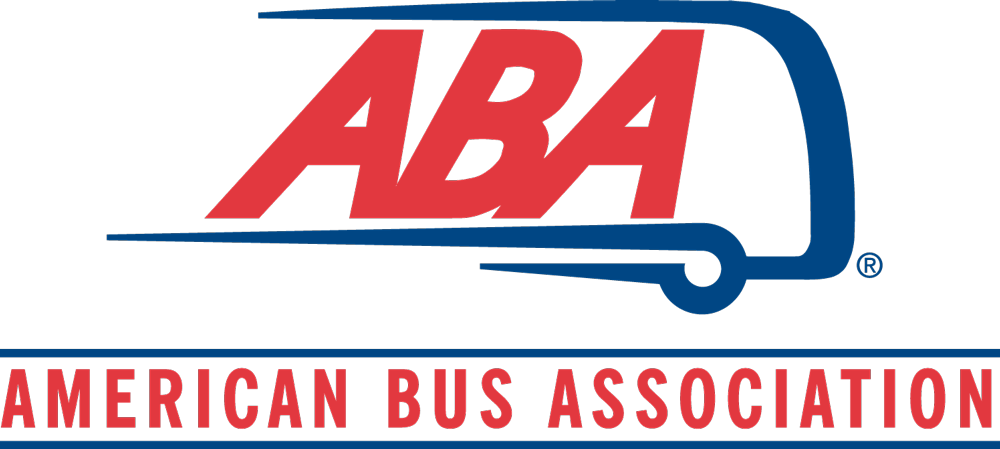Motorcoach Vehicle Energy Use and Emissions Research
The American Bus Association Foundation (ABAF) commissions research measuring the environmental impact and energy use of different modes of transportation, including motorcoaches, commuter rail, and vanpools.
2019 Energy Use & Emissions Comparison
Executive Summary
- About the Report: Released in June 2019, this analysis is intended to evaluate the environmental performance of highway motorcoach operations, by comparing the energy use, and carbon dioxide (CO2), nitrogen oxide (NOx), and particulate matter (PM) emissions of motorcoaches with the energy use and emissions of other common transportation vehicles and modes. This analysis is an update of a similar March 2014 analysis conducted by M.J Bradley & Associates for the American Bus Association Foundation.
- Key Highlights:
- Motorcoaches, on average, used 493 Btu/passenger mile (pass-mi) and produced 37 g/pass-mi of carbon dioxide. On average, motorcoaches use the least amount of energy and produce the lowest carbon dioxide emissions per passenger mile of any of the transportation modes analyzed.
- The most energy- and carbon dioxide-intensive mode is Demand Response at an average of 15,281 Btu/pass-mi and 1,101 g CO2/pass-mi.
- Vanpools on average produce two-and-a-half times as much carbon dioxide per passenger mile as motorcoaches, commuter rail produces more than four-and-a-half times as much, two-person carpools produce more than four-and-a-half times as much, and single commuters produce more than seven times as much.
Citation
- How to Cite This Report: American Bus Association. (2019). Updated Comparison of Energy Use & Emissions from Different Transportation Modes. Retrieved from https://www.buses.org/aba-foundation-research-summary/motorcoach-travel-industry-energy-use-and-emissions-research/.
- Report Author: M.J. Bradley & Associates.
- Sponsored by: American Bus Association Foundation.
- Contact information: For inquiries, email research@buses.org or call (202) 218-7227.
Methodology
- All of the data used for this analysis is publicly available. The major sources of data include the Federal Transit Administration’s National Transit Database, the Department of Transportation, Bureau of Transportation Statistics, National Transportation Statistics, the National Household Travel Survey, and a Coach Industry Census conducted by John Dunham and Associates for the American Bus Association Foundation (ABAF).
